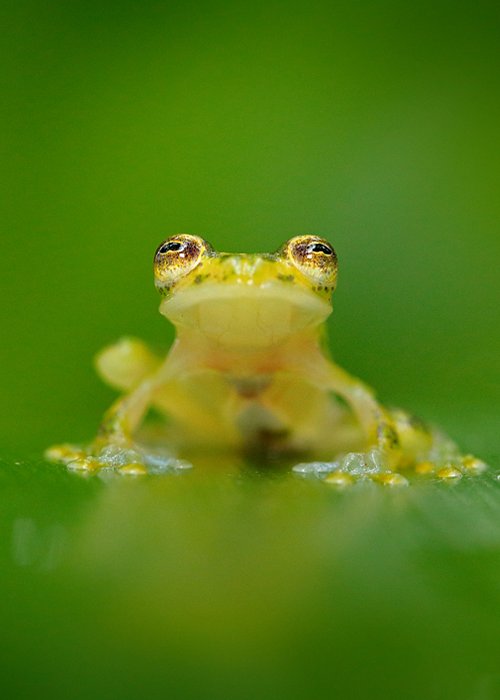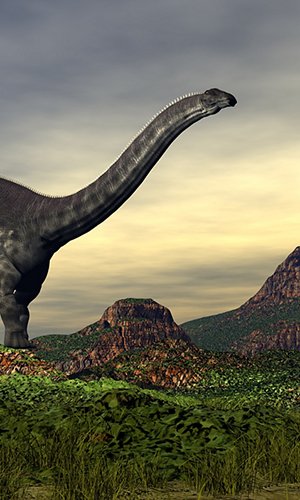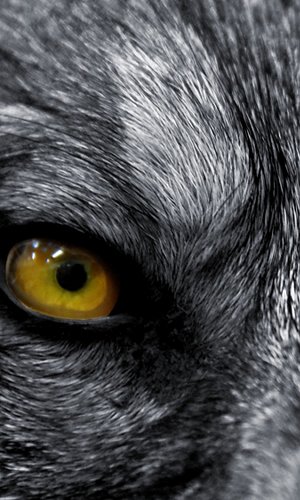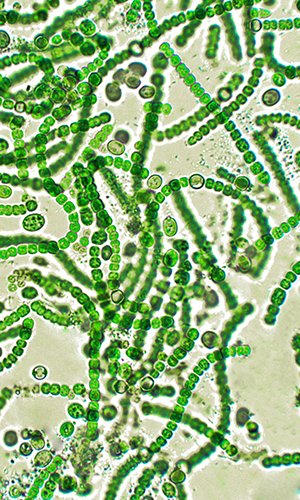These small frogs, which live mainly in Central and South America — although some specimens can also be found in Indonesia — use leaves to camouflage themselves, and they do it extremely well. The transparent skin on the underside of their bodies blurs the sharp edges of their silhouette, making them hard to spot for birds and other predators. Many have green bones to blend in with the foliage and can even conceal the colour of their blood! It’s precisely because of this incredible ability to blend in that they are called glass frogs. They build their nests and lay their eggs on leaves, with the males standing guard to protect the eggs from insect attacks. Streams and forests are therefore essential for their survival — without them, they simply couldn’t exist. The Northern Andes are a crucial stronghold for glass frogs, hosting more than half of all known species in the group, described as “mystical places” where clouds drift among the treetops and orchids and bromeliad flowers sprout from every crevice. But, as so often happens, humans are managing to ruin what surrounds them: copper and gold mining is completely deforesting their habitat and polluting the rivers where glass frog tadpoles grow. In an effort to protect these frogs and other endangered species, Ecuadorian conservationists are turning to a new legal strategy, citing a 2008 amendment to Ecuador’s constitution which granted nature itself — from rivers to rare animal species — the RIGHT TO EXIST, PERSIST, AND REGENERATE. This right states that wildlife has the legal right to exist, to develop its innate instincts, and to be free from cruelty, fear, and disproportionate suffering. In recent years, communities invoking these “rights of nature” have won legal rulings that have halted mining activities in Ecuador’s Los Cedros Reserve and the Intag Valley. Documenting rare and sensitive species has proved vital in winning these cases and protecting both animals and the fragile ecosystems where they live. Beyond the efforts of these conservation organisations, support from each and every one of us is crucial to prevent further destruction of precious habitats.
By Fabrizio Paggi, 3A, Vittorio Veneto Scientific High School, Milan




